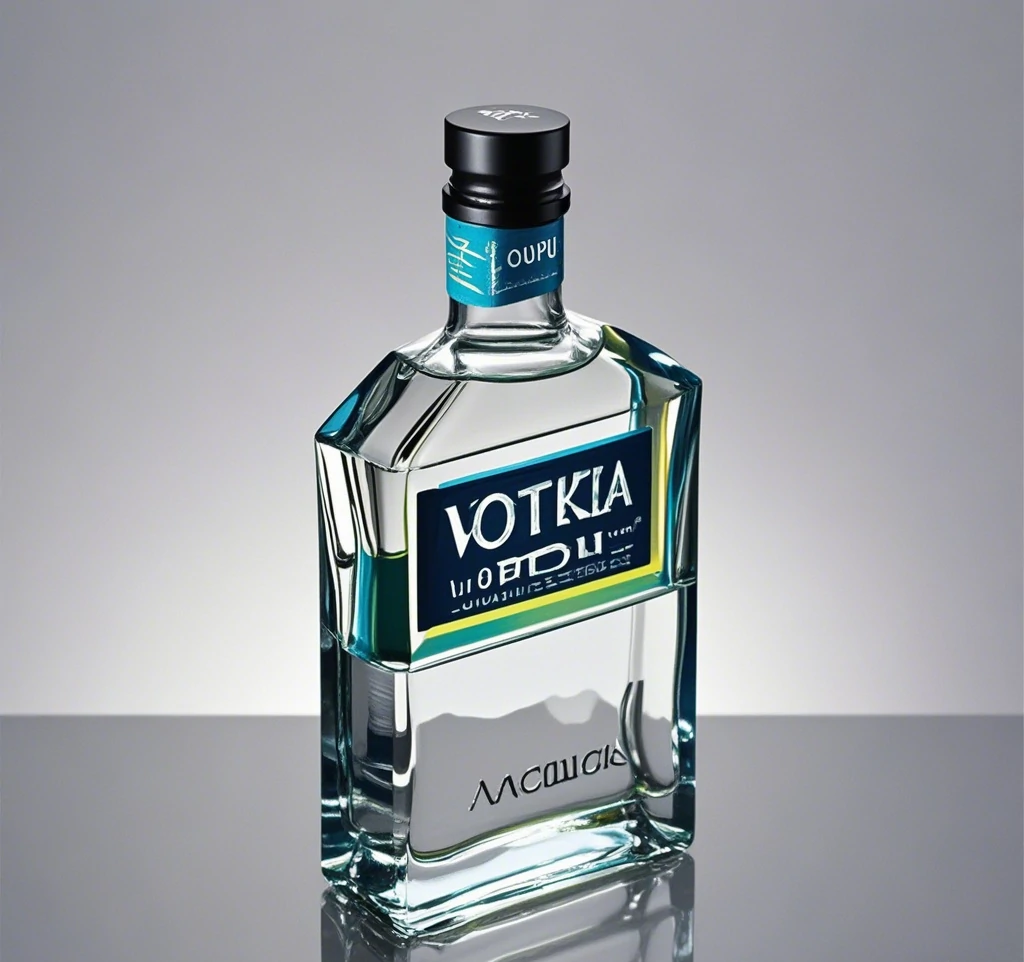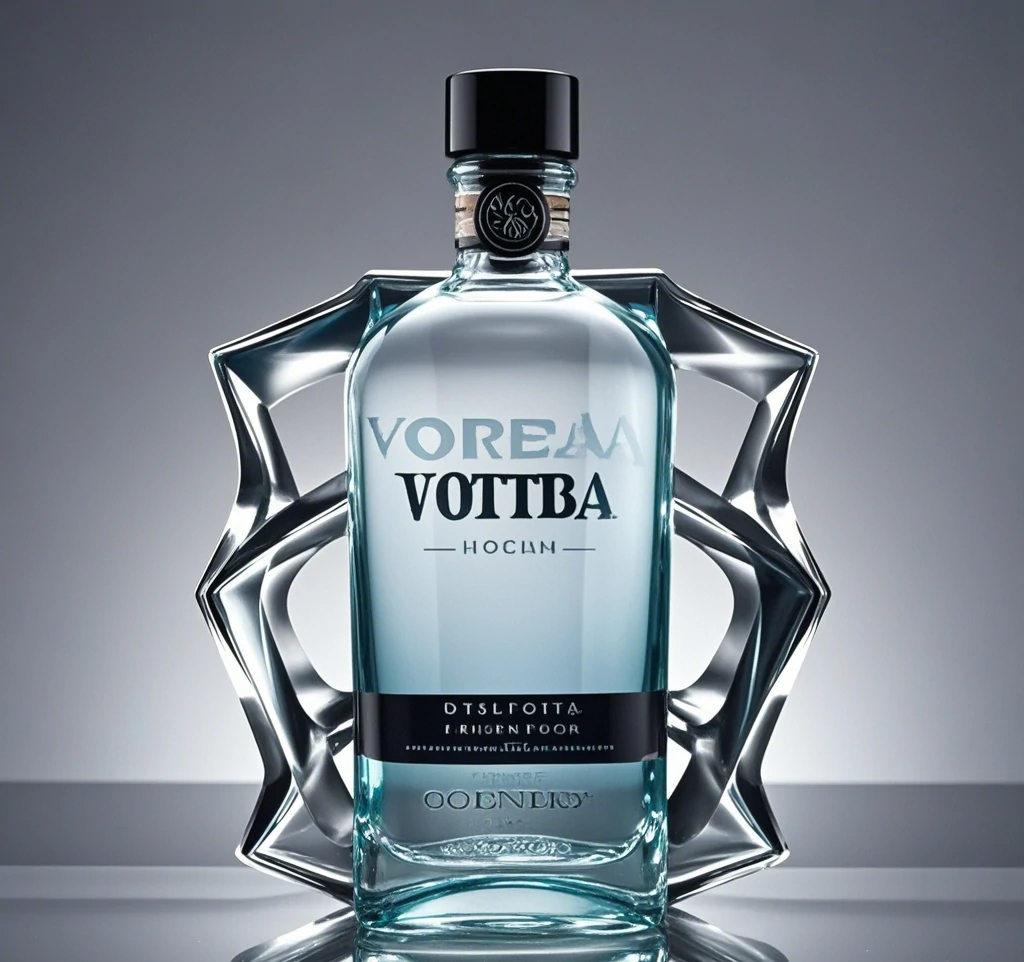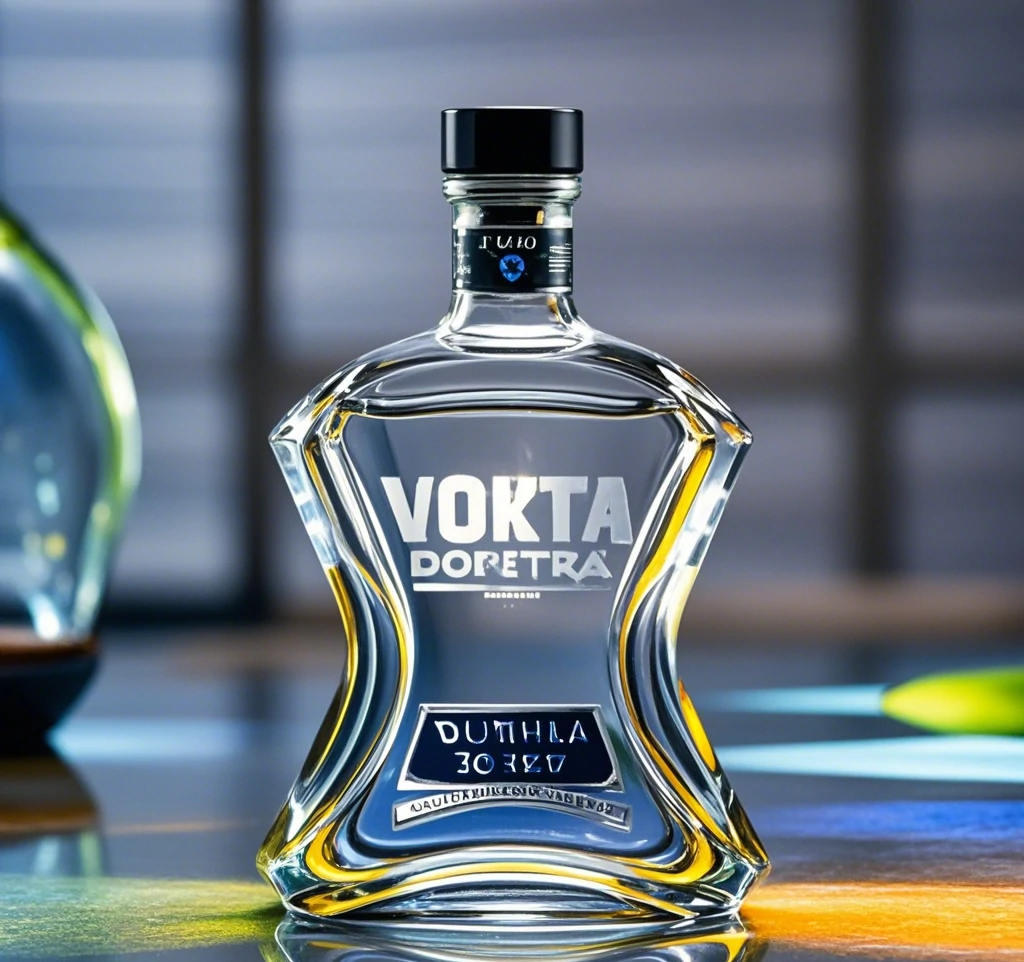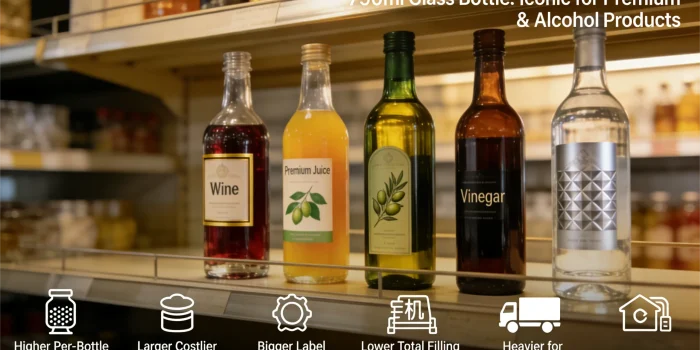
Vodka Bottles that Stand Out: Vodka Creative Design Inspirations
Vodka, a distilled spirit beloved worldwide for its versatility and smoothness, has long been a staple in bars, homes, and social gatherings. As the global vodka market continues to grow, the competition between brands has intensified, leading to an explosion of creative and artistic Vodka Creative Design. A vodka bottle is no longer just a container; it has become an essential element of branding, often reflecting the quality, heritage, and personality of the brand inside. In this article, we will explore how the design of vodka bottles has evolved over the years, focusing on the importance of creative design, innovative trends, and how a bottle’s look can influence consumer choices.

The Role of Vodka Creative Design
In a crowded marketplace, where taste alone isn’t enough to secure consumer loyalty, design plays a pivotal role in differentiating one brand from another. A vodka bottle serves not just as a packaging but as a canvas for storytelling. It conveys the brand’s ethos, captures the consumer’s attention, and can often spark an emotional connection.
Modern vodka packaging often goes beyond simple functionality and becomes an extension of the overall brand identity. Whether a brand aims to evoke a sense of elegance, fun, or innovation, its bottle design can tell a story even before the product inside is tasted.

The Appeal of Vodka Creative Design
Consumers often make decisions based on packaging before even trying the product, especially in markets where options seem limitless. A striking and memorable bottle design can be the key factor that catches a buyer’s eye. In fact, studies show that packaging can influence up to 70% of a consumer’s purchasing decision.

Here are some ways in which creative vodka bottle designs have captured the attention of consumers:
1. Shape and Silhouette
One of the most fundamental ways to differentiate a vodka bottle is through its shape. Vodka bottles come in a variety of shapes, ranging from the sleek and minimalist to the bold and unconventional. For example, many vodka brands use tall, slender bottles that emphasize elegance and refinement. The long necks of these bottles provide a visual height, making them more noticeable on the shelf.
In contrast, some brands have embraced unique, unconventional bottle shapes that immediately catch the eye. A striking example is the use of sculpted designs—think of bottles shaped like animals, objects, or even abstract forms. These bottle shapes not only serve as a visual treat but also become conversation starters, giving the brand an added layer of intrigue and playfulness.
2. Textures and Material Innovation
Vodka bottle designers are increasingly using innovative materials and textures to elevate the sensory experience. Some bottles are crafted from heavy, luxurious glass, giving them a premium feel. Meanwhile, others experiment with unique finishes, such as frosted, matte, or etched surfaces, which add depth and sophistication.
In recent years, sustainability has become a key factor in the vodka packaging industry. Many brands are opting for recycled glass, biodegradable materials, and eco-friendly inks and labels. This eco-conscious approach not only helps brands align with consumer values but also adds an additional layer of creativity, as designers explore new ways to make packaging both beautiful and environmentally friendly.
3. Color and Label Design
Color is an essential tool in bottle design, often used to convey mood, brand identity, and even flavor. Clear bottles are common in vodka packaging, but there is a growing trend for colored glass, which enhances the visual appeal and can reflect the vodka’s origin or flavor profile. For instance, bottles with blue or green tones can evoke a sense of purity or freshness, while gold and silver labels often denote luxury or exclusivity.
Label design also plays a critical role in bottle appeal. A beautifully designed label with artistic elements or intricate detailing can turn a simple vodka bottle into a piece of art. Labels often include minimalist typography, vintage-inspired elements, or contemporary graphic design. Some bottles even feature limited edition designs, collaborating with artists or designers to create collectible packaging that stands out in the market.
4. Storytelling through Design
Vodka bottles are often used to tell a story about the product, its heritage, or the environment from which it originates. Storytelling is a powerful tool in vodka marketing, and it can be communicated through the bottle itself. For example, some bottles feature images or engravings that connect to the vodka’s cultural origins, such as iconic landmarks, historical figures, or symbols representing the brand’s roots.
In some cases, vodka bottles may even have a deeper symbolic meaning. A well-known example is the use of a skull-shaped bottle, which signifies purity and strength while standing out for its striking and edgy design. These symbolic bottles serve as a reminder that the spirit inside is not just about taste but also about a larger narrative and connection to the brand.

Notable Design Trends in the Vodka Creative Design
The vodka industry has witnessed a number of design trends that reflect shifting consumer preferences and the evolving market. These trends are not just about aesthetics but also about creating an experience that resonates with consumers.
1. Minimalism
Minimalist design continues to be a dominant trend in vodka bottle packaging. The emphasis on clean lines, clear glass, and simple fonts is intended to convey a sense of purity, simplicity, and refinement. Minimalism often appeals to consumers looking for sophistication and elegance in their vodka choices. This approach allows the quality of the vodka itself to shine through, placing focus on the liquid inside rather than extravagant packaging.
2. Eco-Friendly and Sustainable Designs
With growing environmental awareness, many vodka brands are adopting eco-friendly practices in their packaging. From using recyclable materials and biodegradable labels to reducing plastic usage, sustainability has become a major trend. Consumers are increasingly looking for products that align with their values, making sustainable packaging a key differentiator.
Moreover, some brands are designing bottles with reusable or repurposed potential, encouraging customers to rethink single-use packaging. The trend toward sustainability is not only environmentally responsible but also provides an opportunity for creative design solutions, whether it’s through the use of alternative materials or innovative shapes.
3. Collaborations and Limited-Edition Bottles
Another trend in the vodka industry is limited-edition bottles and collaborations with artists or designers. These special bottles often feature unique designs and can attract collectors and enthusiasts. Whether it’s an artist collaboration that results in a one-of-a-kind piece of art or a seasonal theme, limited-edition bottles offer a sense of exclusivity and rarity. These designs are often eye-catching, vibrant, and playful, appealing to consumers who want something distinctive.

Conclusion
In the competitive world of vodka, the bottle design has become an essential aspect of a brand’s identity. Whether through unique shapes, colors, textures, or storytelling elements, the vodka bottle is now a powerful tool for capturing consumer attention and conveying brand values. As the vodka market continues to grow and evolve, creative packaging will remain a crucial part of a brand’s strategy to stand out from the crowd. A well-designed bottle not only makes a memorable first impression but also enhances the overall drinking experience, turning a simple product into a work of art.
As trends continue to shift, sustainability, minimalism, and bold creativity will likely continue to shape the future of vodka bottle design. In the end, the most successful vodka bottles will be those that balance both form and function—creating not just a product but an experience that resonates with consumers on a deeper level.



